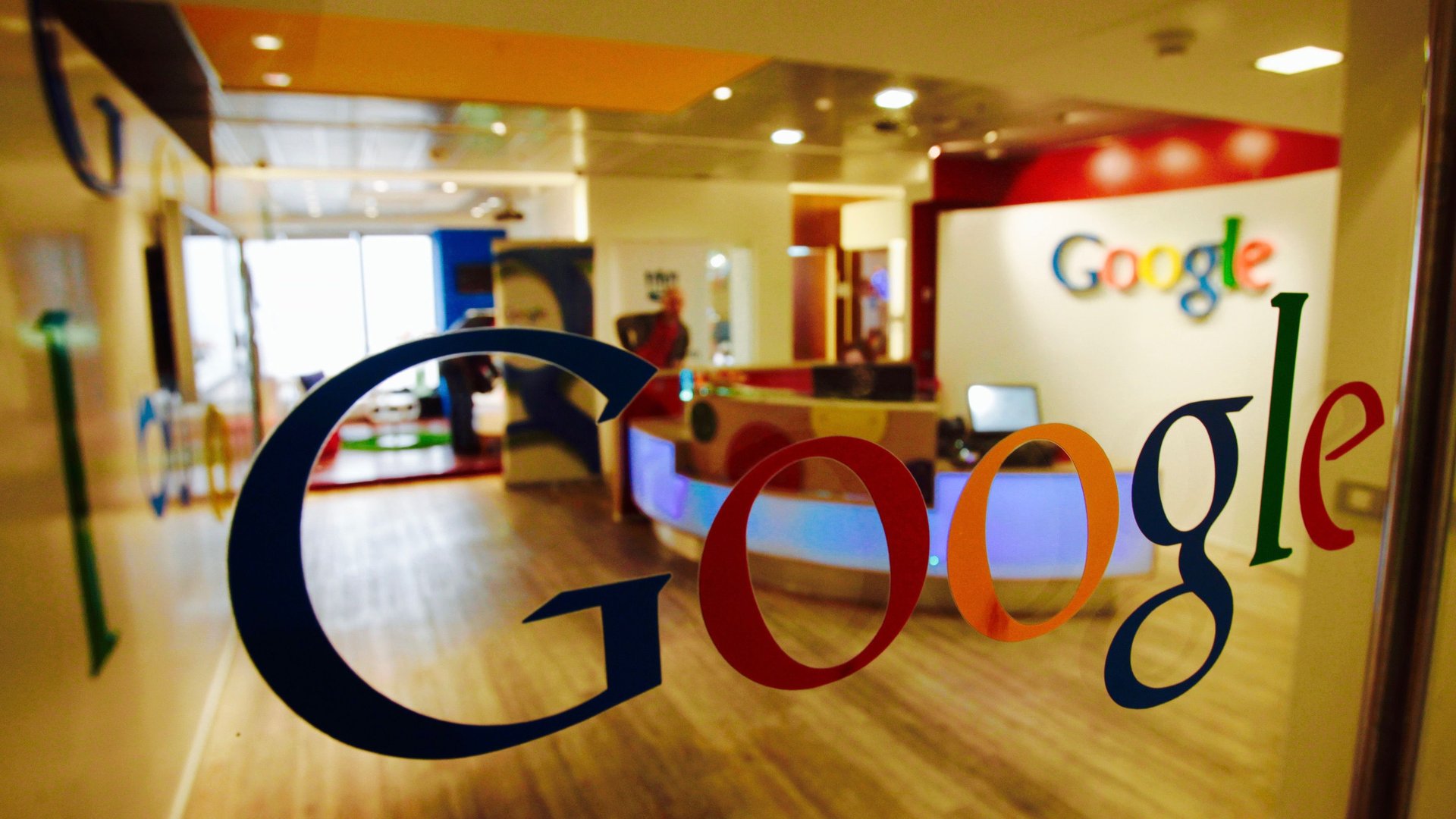Google’s advertising business is showing holes
Alphabet brought in a lot of cash last quarter thanks to Google’s swelling ad sales. But the business is starting to show holes.


Alphabet brought in a lot of cash last quarter thanks to Google’s swelling ad sales. But the business is starting to show holes.
The company missed Wall Street’s expectations for earnings, which, after backing out a one-time tax charge, came in at $9.70 per share, short of the $9.98 forecast by analysts polled by FactSet. It posted a loss of $3.02 billion for the quarter due to the $9.9 billion charge tied to changes to the US tax system. Alphabet’s Class A shares fell as much as 5% to $1,125.79 in after-hours trading, but rebounded to around $1,150 by the time of publication.
Alphabet generated $32.3 billion in revenue during the fourth quarter, up 24% from the same period last year. It was Alphabet’s highest-revenue quarter ever, beating out the prior quarter. About $27.2 billion of that revenue, or 85%, came from Google’s advertising business.
Google thrives on clicks on its ads, which have grown steadily. But a lot of that is coming from ads on mobile phones and at the start of YouTube videos. Those bring in less money than clicks on a desktop computer. Google’s cost per click, or what advertisers pay each time someone clicks on an ad, declined 14% during the period. That was about in line with what analysts expected.
Google dominates the search-engine market, and therefore, search advertising, in part, because it’s made itself the standard on web browsers and mobile phones around the world. But outside of its own Chrome browser and Android smartphone software, it pays partners like Apple for that positioning. Google dubs those payments traffic-acquisitions costs, and they’re eating up a greater share of Google’s revenue. In its most recently completed quarter, traffic-acquisitions costs were $6.5 billion, or 24% of Google’s advertising revenue, up 33% from the same period last year. Google’s strongest growth areas—mobile search and programmatic advertising—carry higher traffic-acquisition costs, Alphabet chief financial officer Ruth Porat said on the earnings call.
As such, Alphabet has been trying to show Wall Street it has more than just advertising. Its other businesses, like cloud computing, hardware such as smart speakers and phones, apps in the Google Play store, and subscriptions to YouTube Red and TV, made up more of Google’s revenue during the quarter, thanks in part to the holiday shopping season. Alphabet lumps those non-advertising businesses together in “other revenue,” which brought in $4.7 billion during the fourth quarter, up 37% from the prior-year period. That was roughly 15% of Google’s overall revenue.
Meanwhile, Alphabet’s “other bets” like hardware sales from its Nest line of connected devices and fiber-optic internet service, Fiber, brought in more revenue, but continued to lose money.